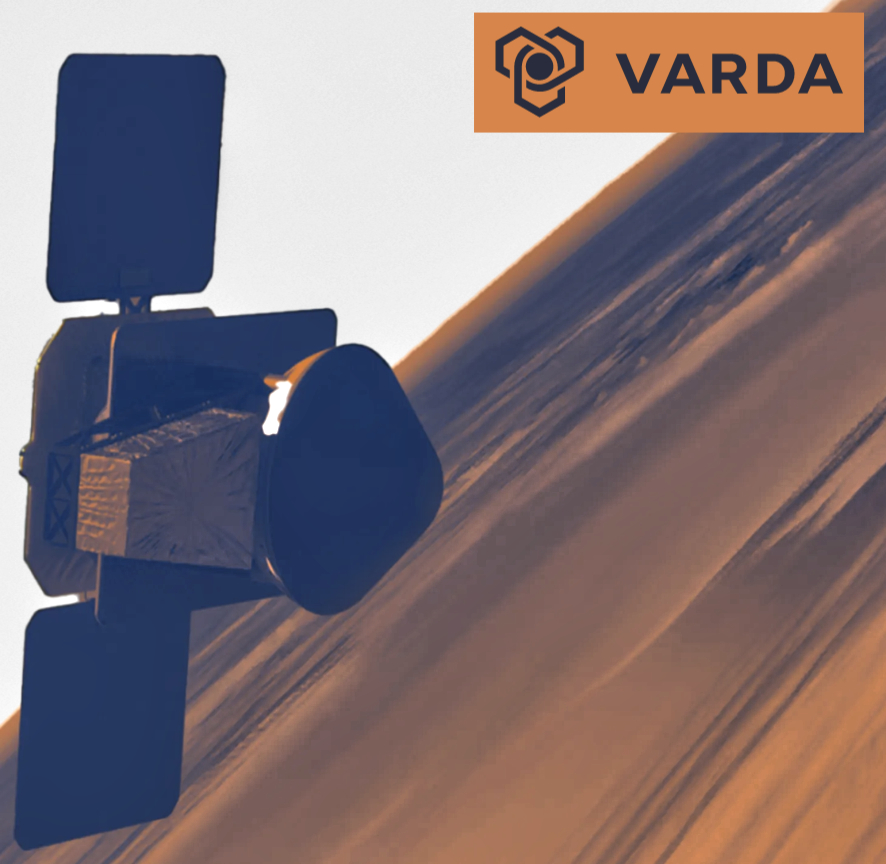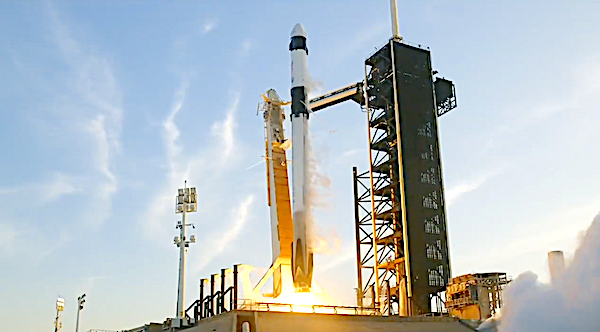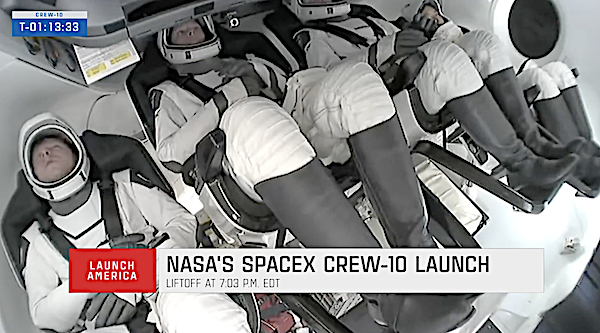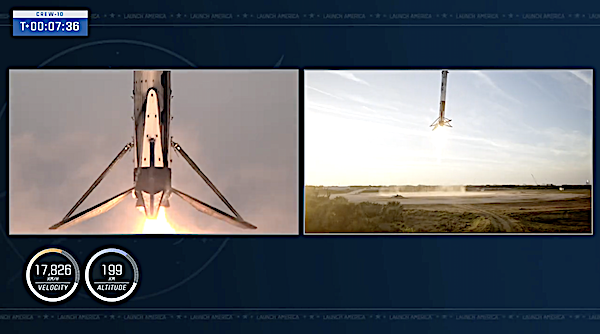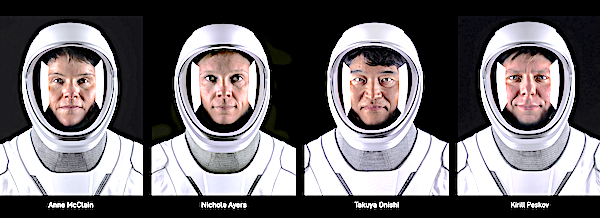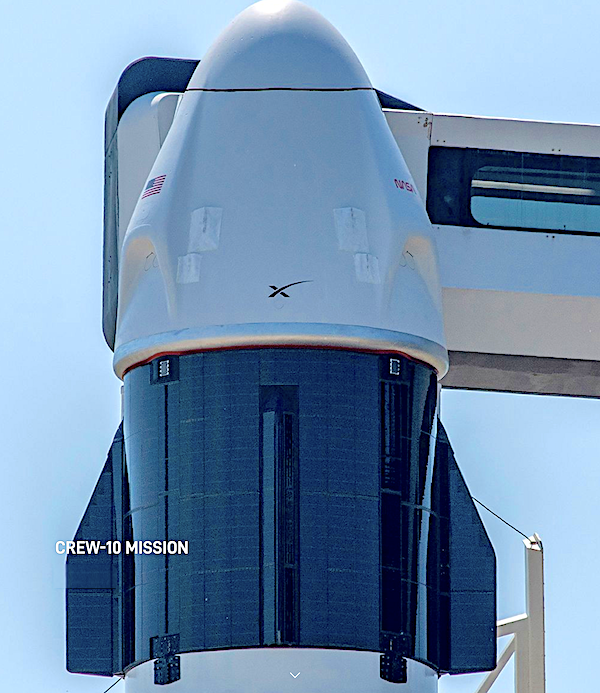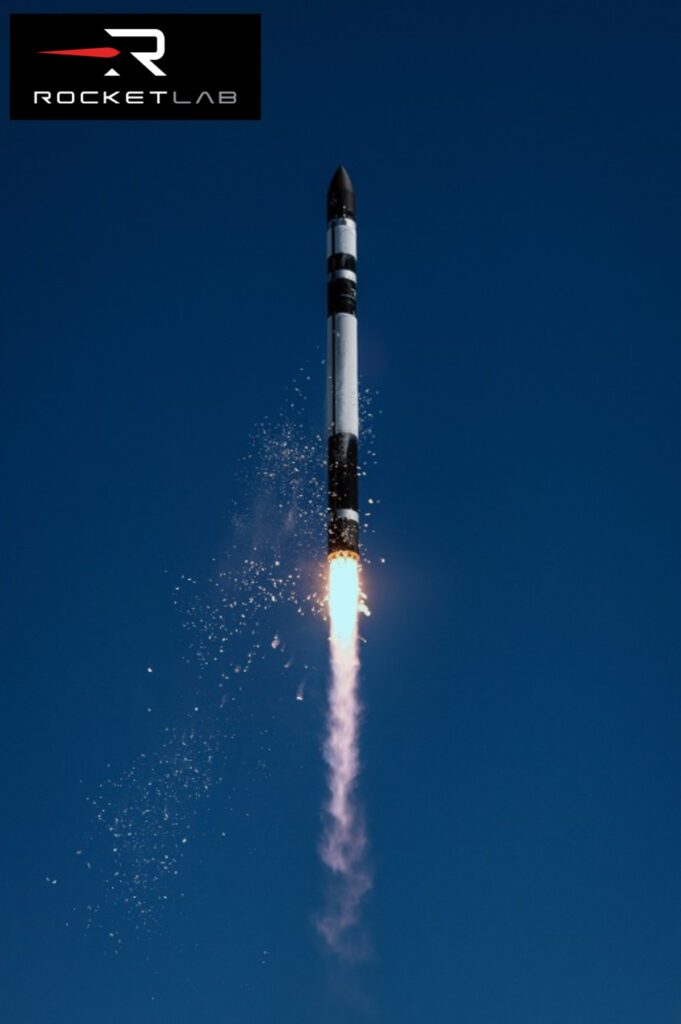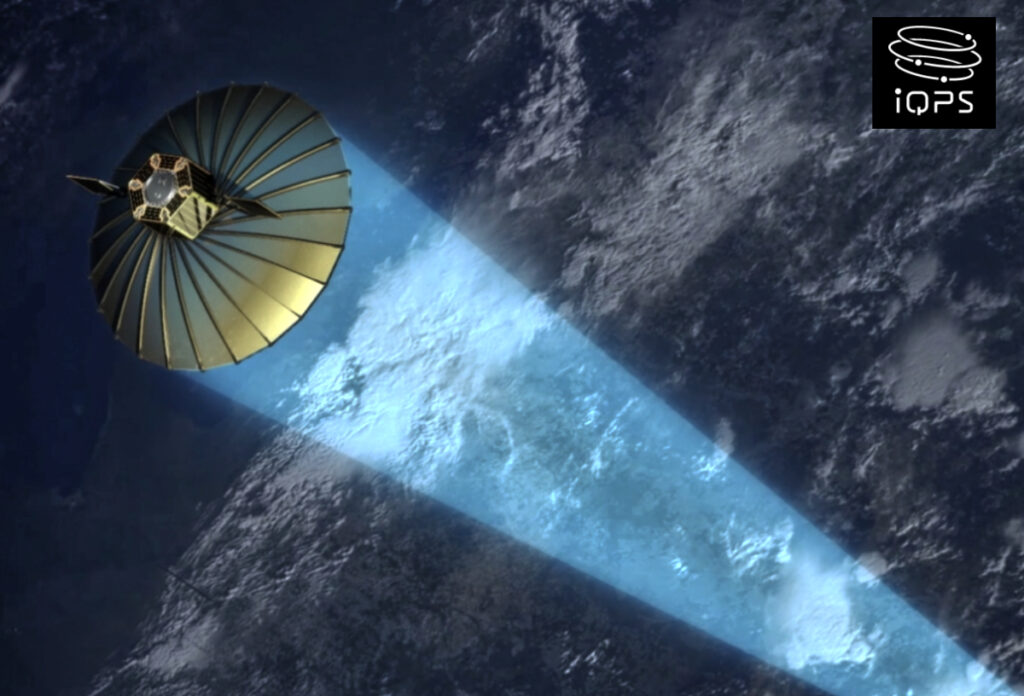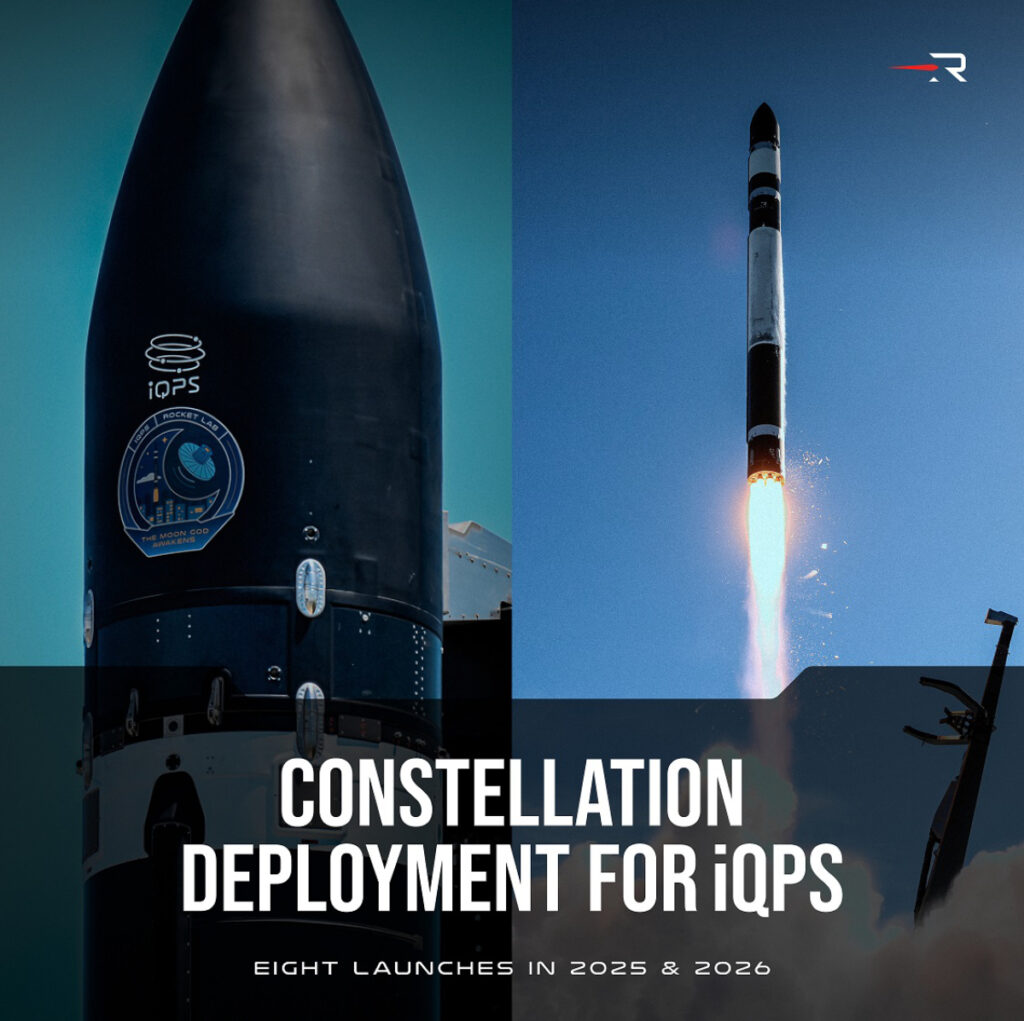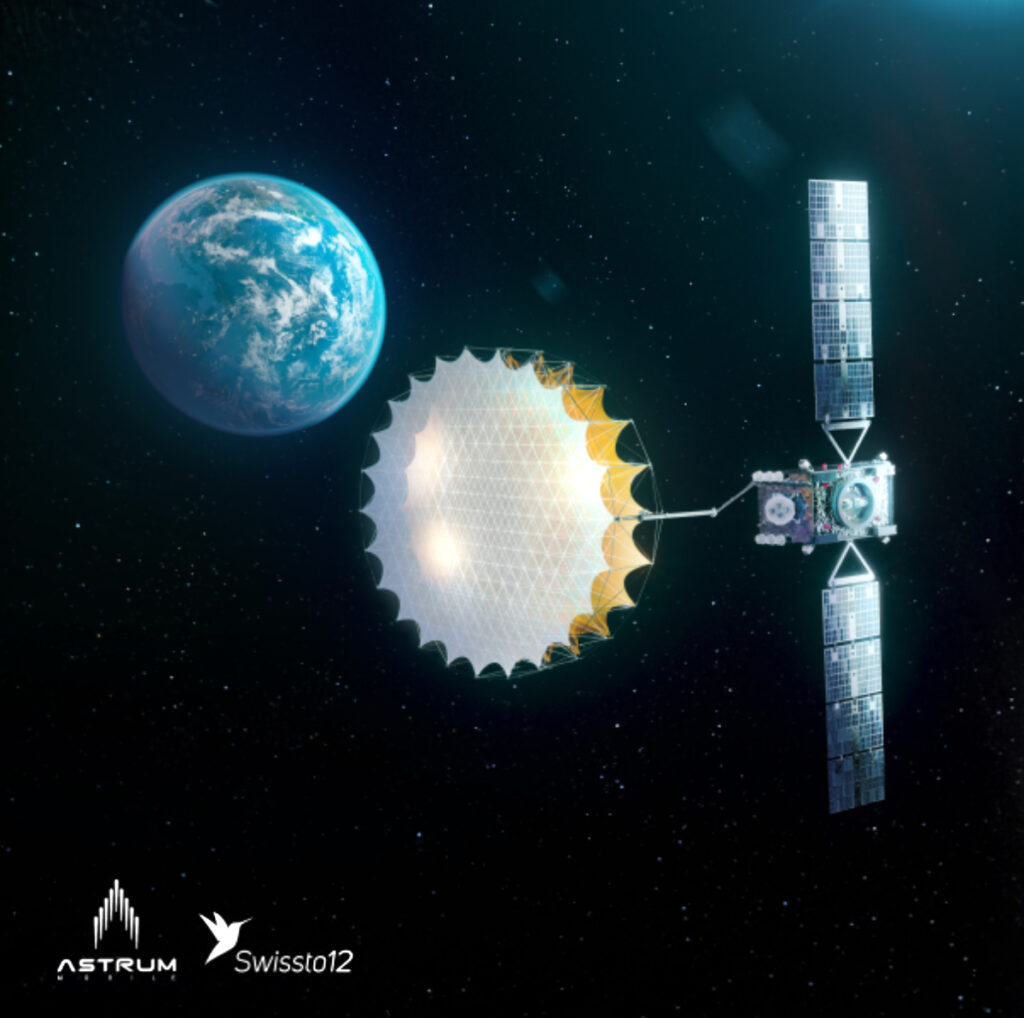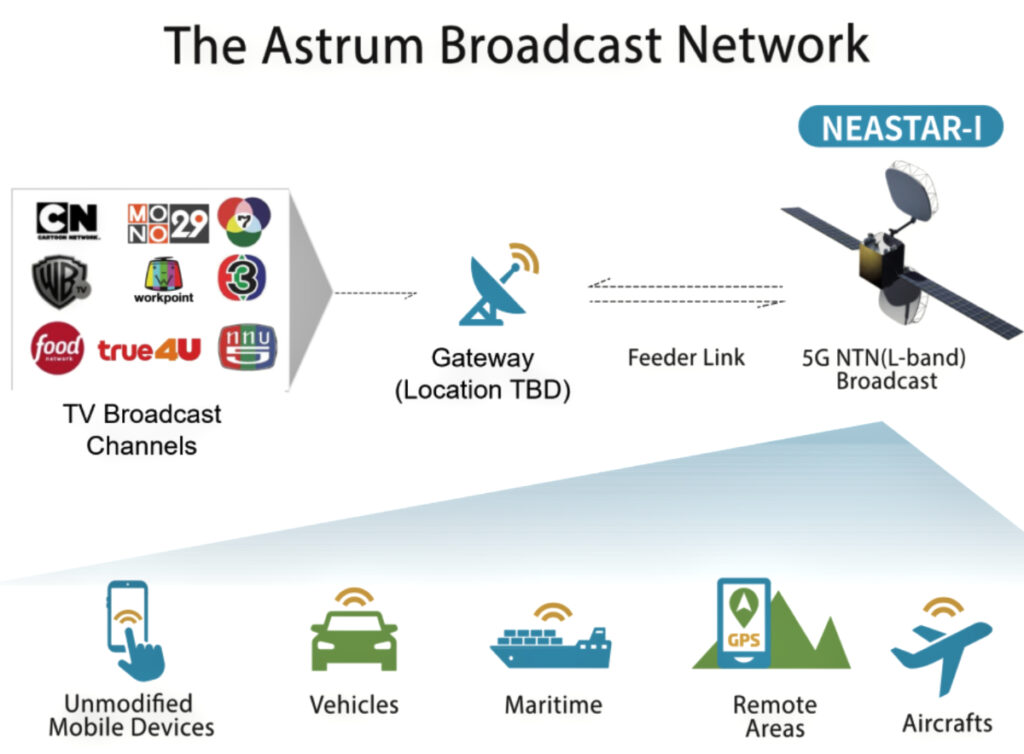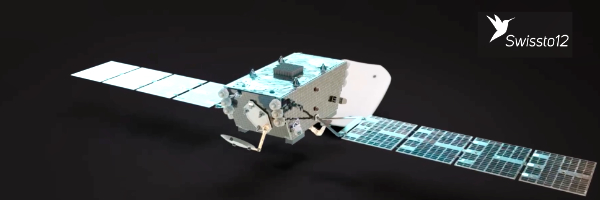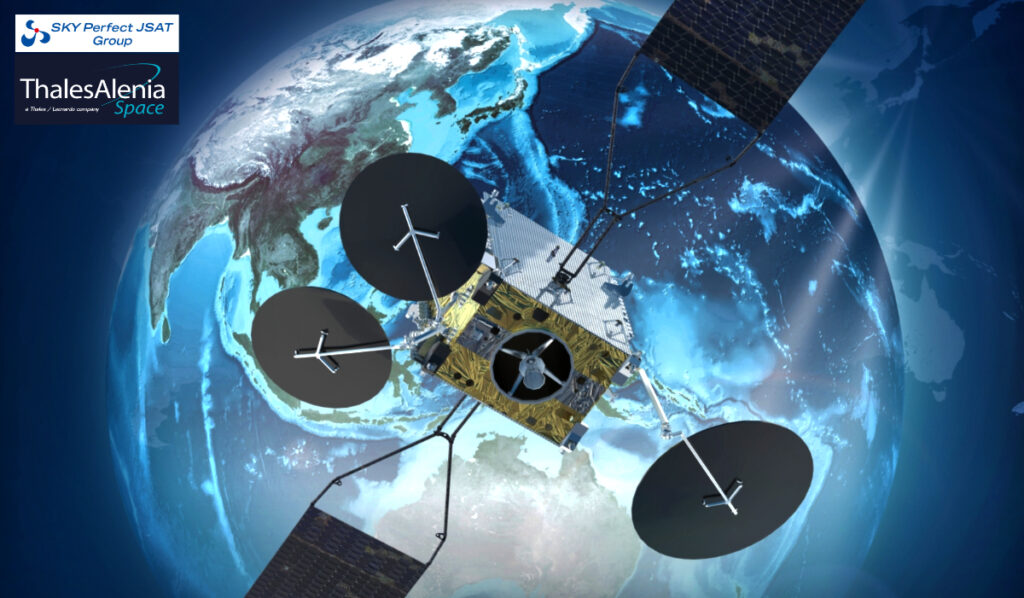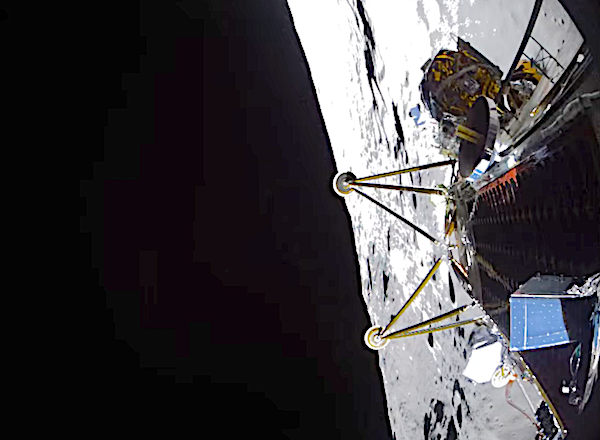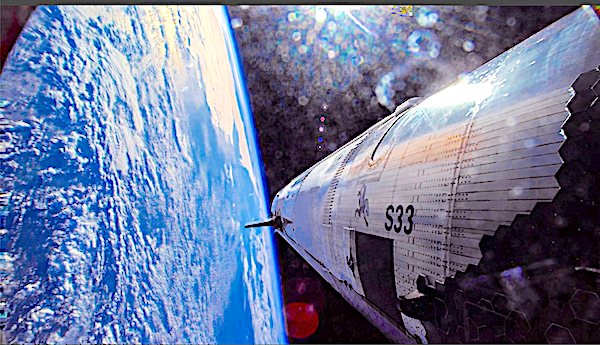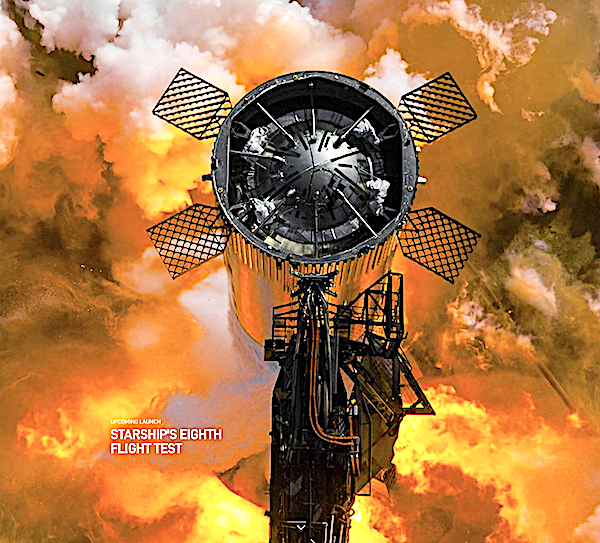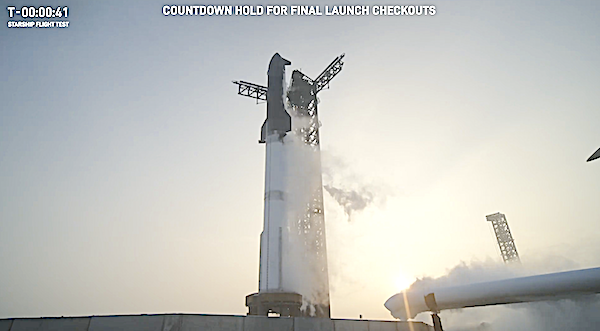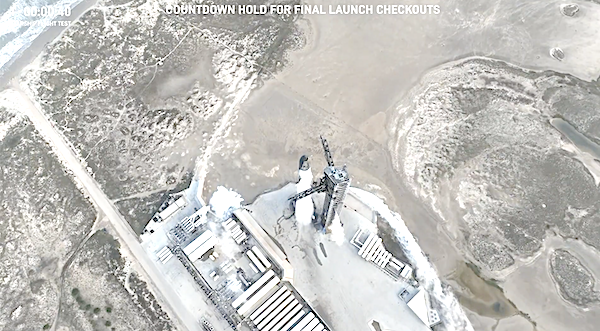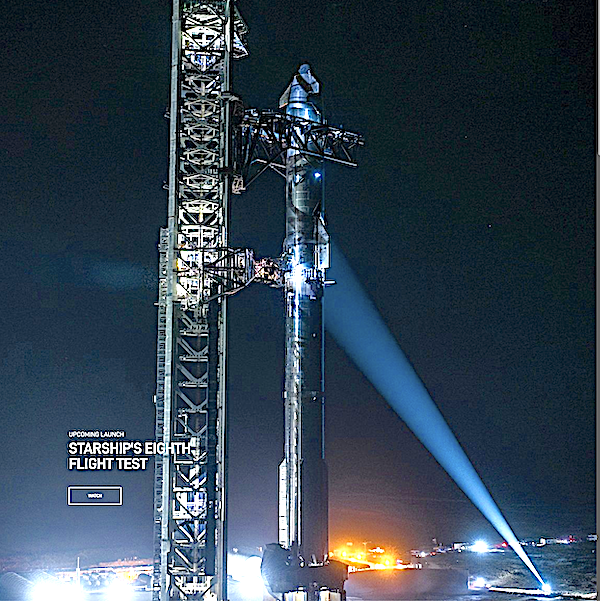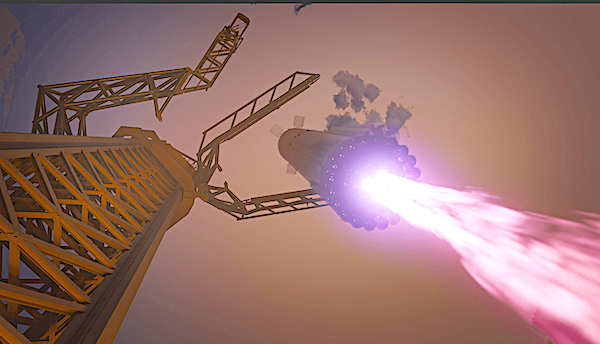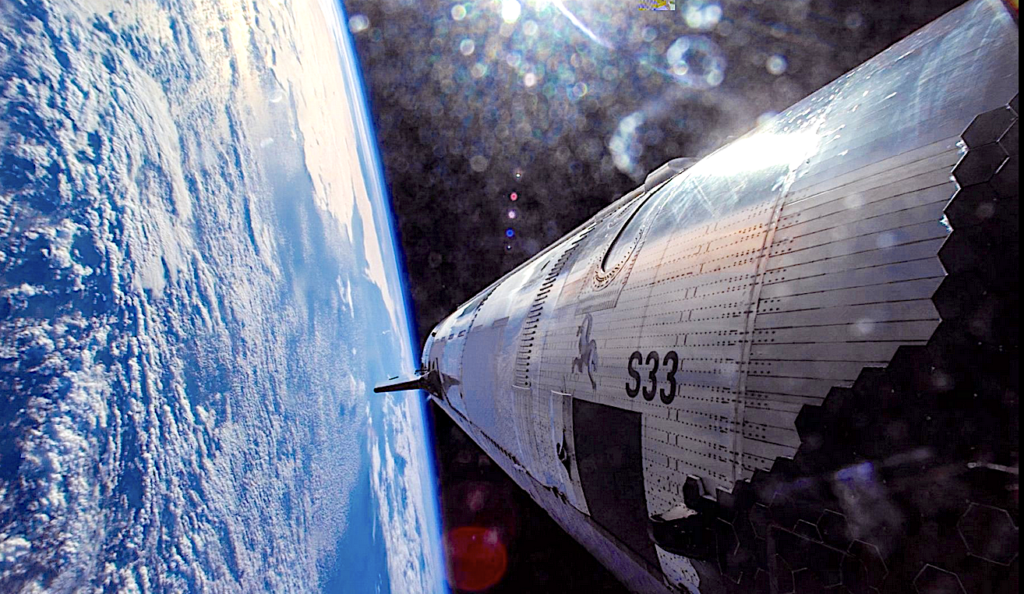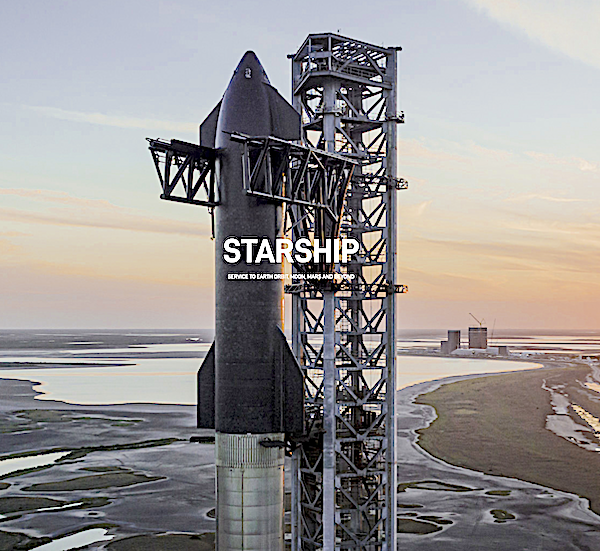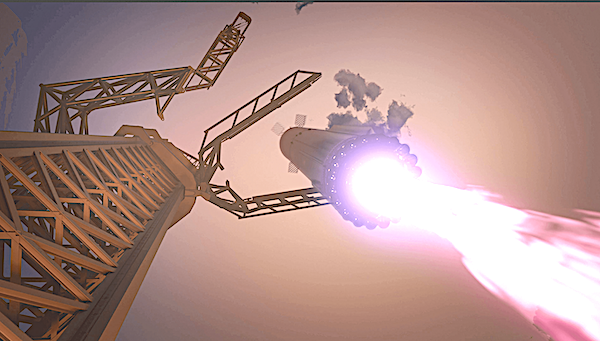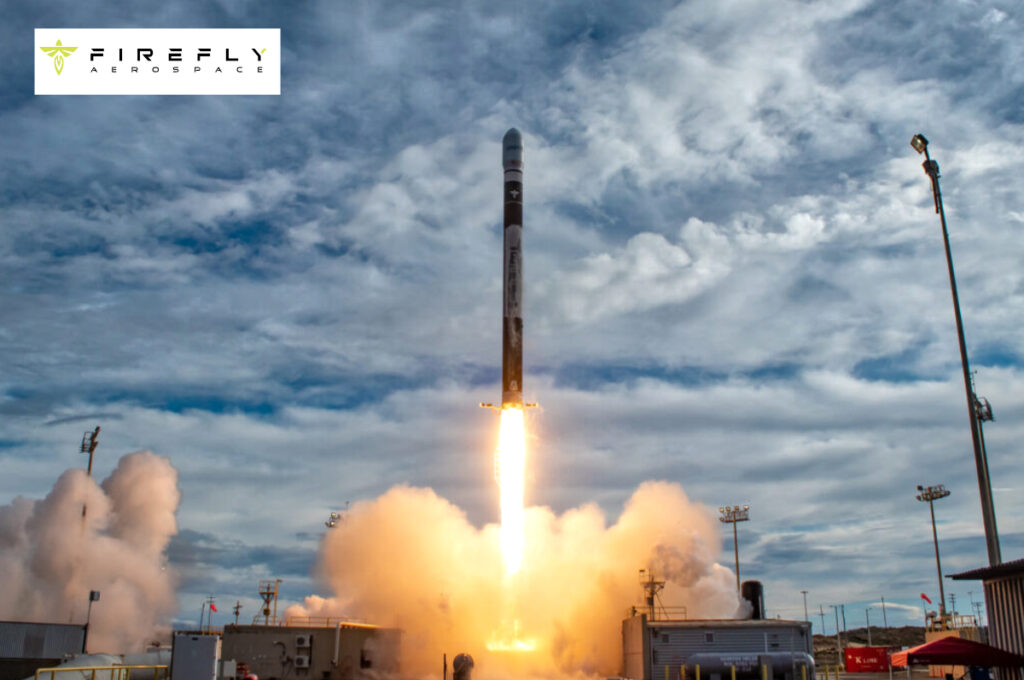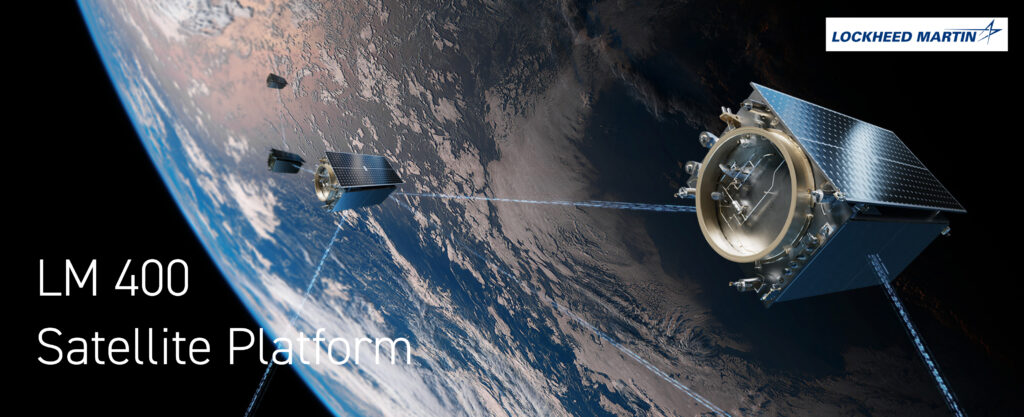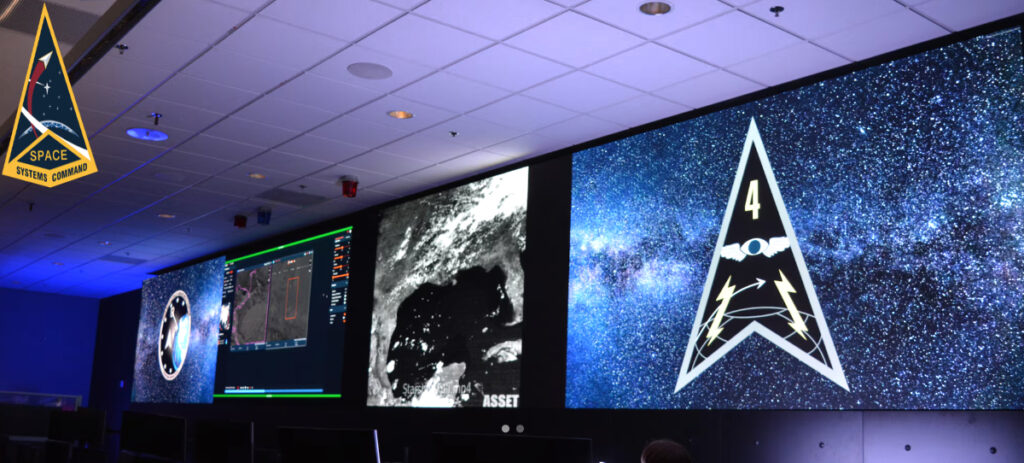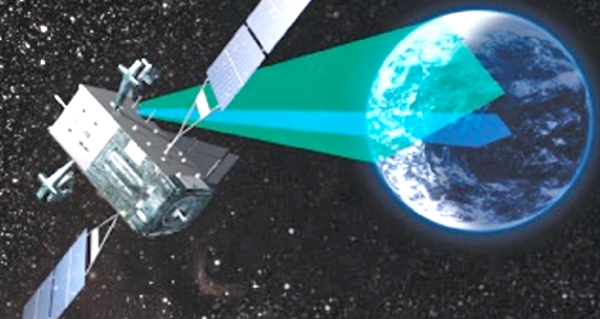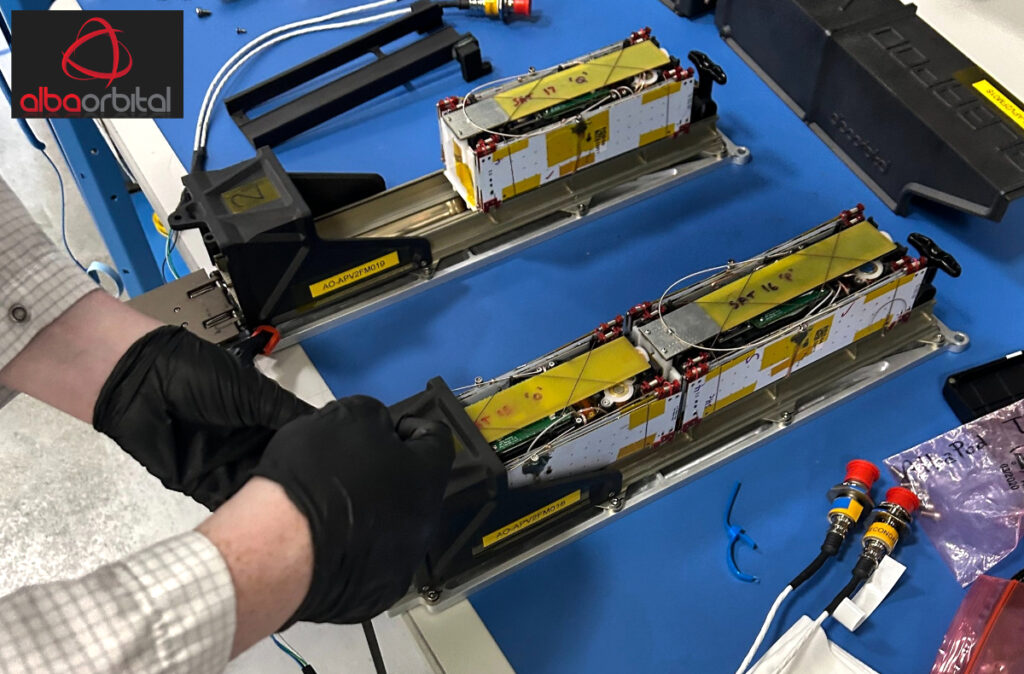
Alba Orbital integrated five PocketQube satellites from three different countries for their flight on-board SpaceX’s Transporter-13 Rideshare mission.
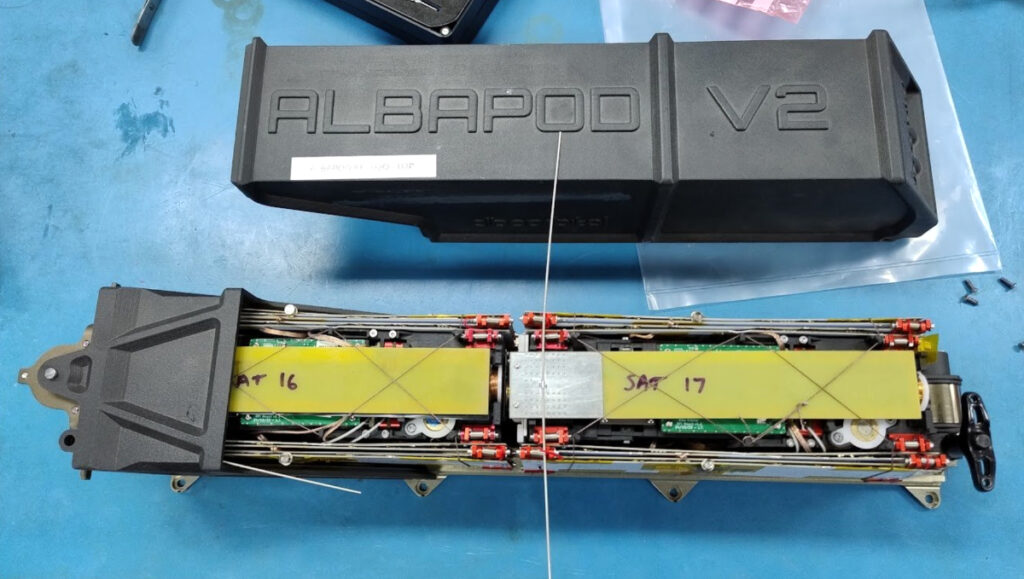
The satellites were integrated into Alba Orbital’s PocketQube Deployer, AlbaPod, at their new facilities in Hillington Industrial Estate, Glasgow, the world’s first PocketQube factory. After integration, the cluster of pocket-sized satellites were shipped out to SpaceX and then hitched their ride to LEO.
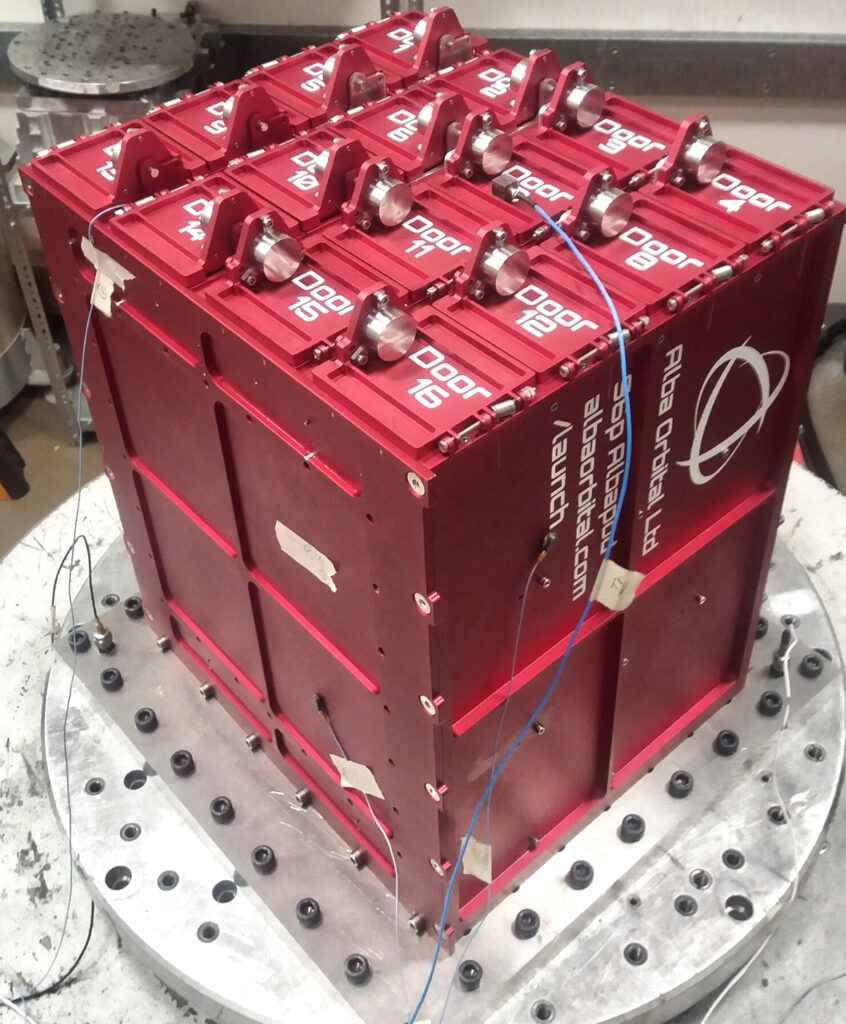
PocketQubes are highly miniaturized satellites, typically 5 cm cubed per unit (‘P’), that can be launched to orbit for as little as 25K euros via Alba Orbital’s rideshare services. PocketQubes are cost-effective, quicker to build, and provide versatile options for a variety of missions that range from educational projects to advanced technological demonstrations.
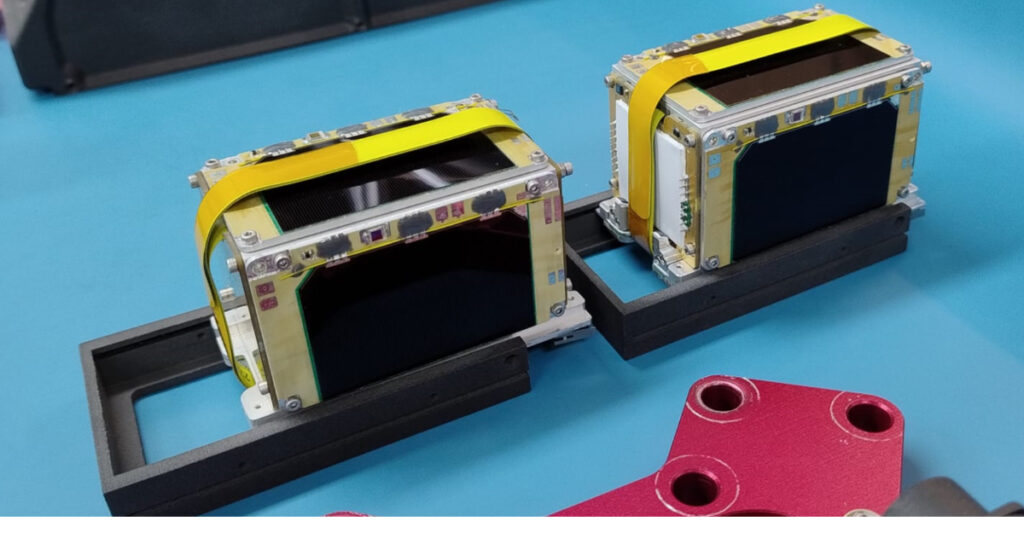
Payloads aboard this mission…
HADES-ICM – HYDRA SPACE / IC MERCURY / SMART IR
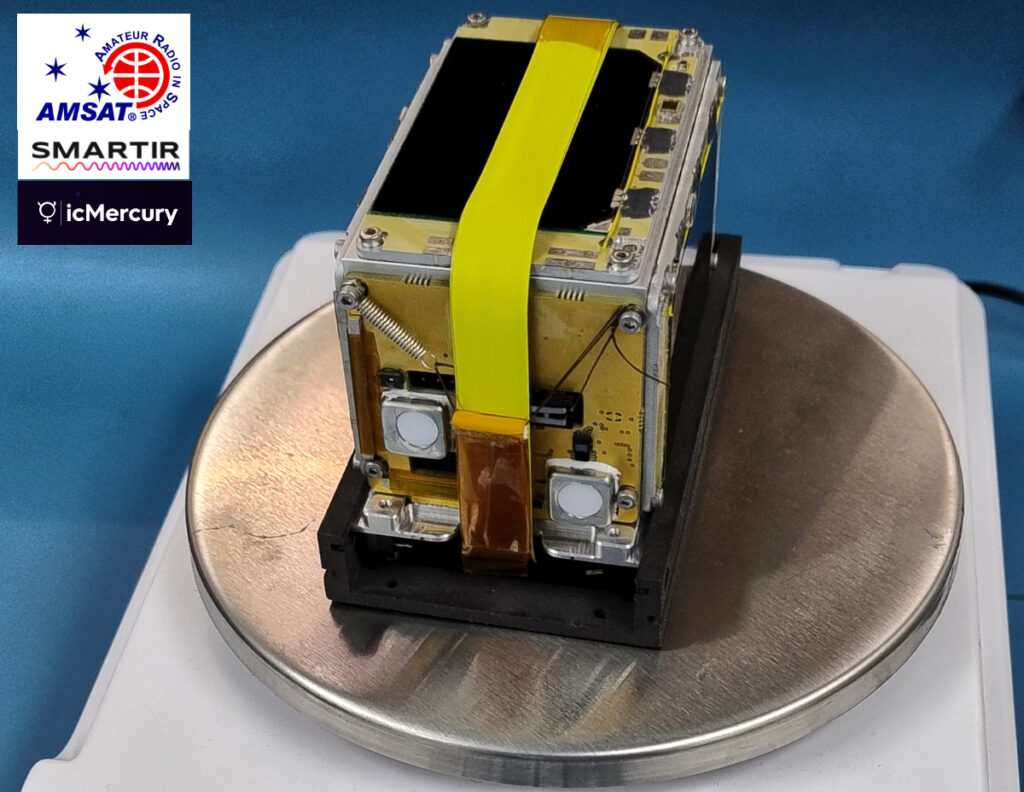
A 1.5p PocketQube, this smallsat is carrying an open voice transponder for the radio amateur community. It will be operated by the non-proft organization AMSAT-EA. The PocketQube includes the UK based Smart IR second, graphene based technology experiment that will ber conducted on-orbit. The PocketQube also includes icMercury, Interstellar Communication Holdings Inc. nspiring space sustainability text messages that will be broadcasted periodically by HADES-ICM
HYDRA-W – HYDRA SPACE
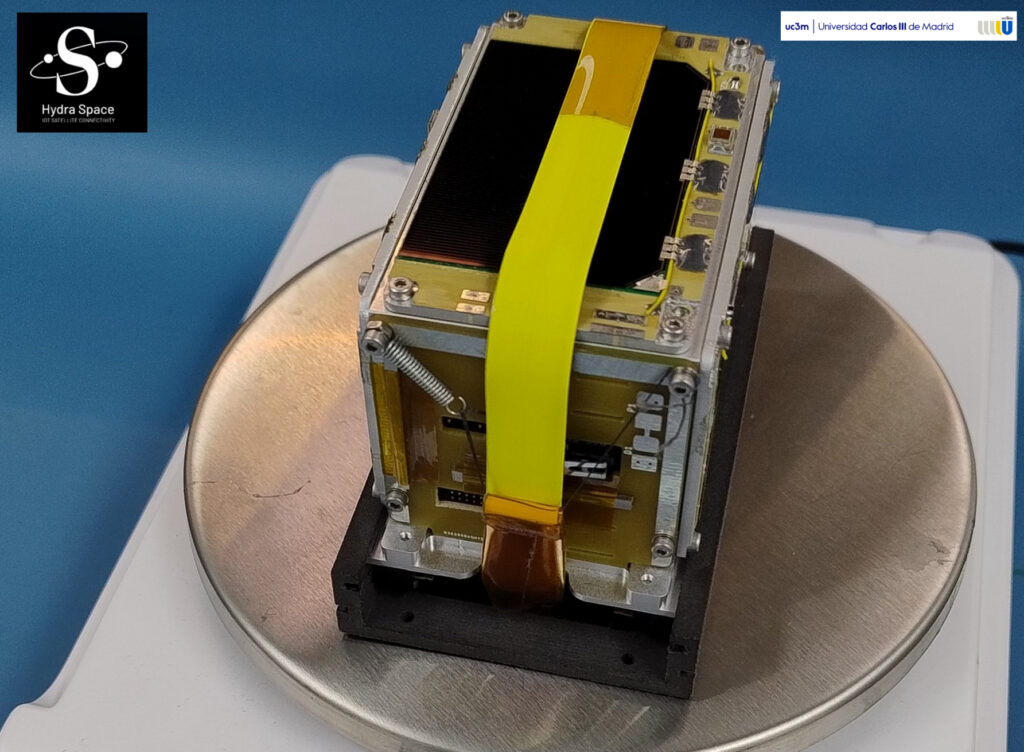
Returning customer Hydra Space is developing an IoT network using their 1.5p PocketQube platform. Hydra-W will add to this growing constellation. This PocketQube Includes an on-orbit experiment from UC3M – Universidad Carlos III (Spain) implemented by Terahertz Research group and IoT connectivity experiment by Hydra Space
UNICORN-2O, 2P & 2Q – ALBA ORBITAL
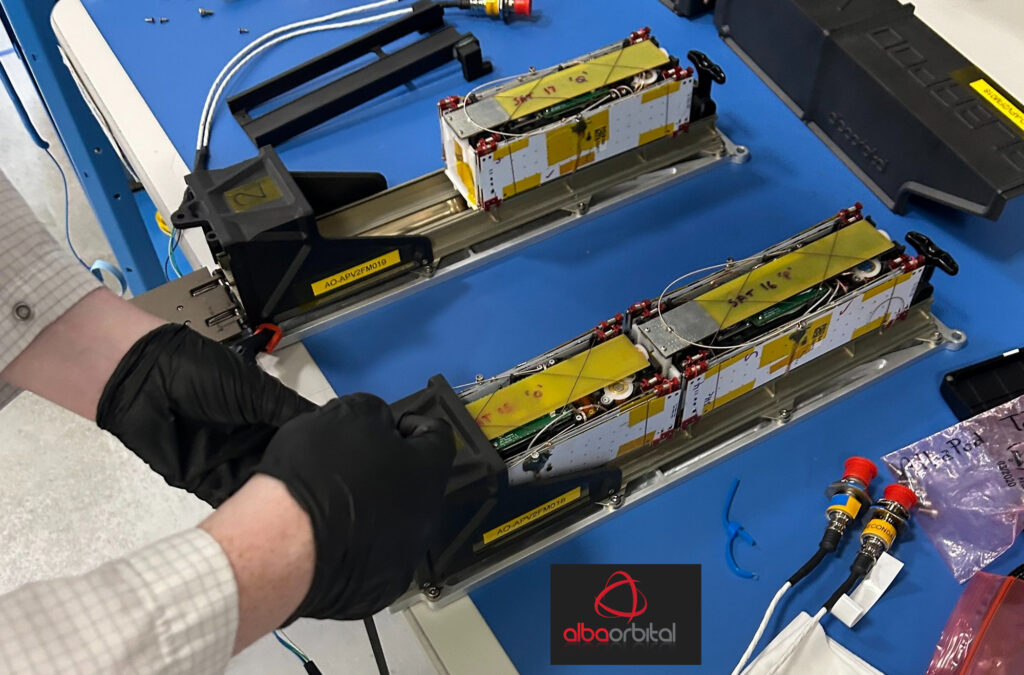
Three 3p PocketQubes imaging satellites for Alba night time earth observation constellation to image earth in daytime and night time. These are the 15th, 16th and 17th Unicorn-2 satellites to launch into orbit.
About Alba Orbital
Alba Orbital (UK, USA, Germany) is the world’s leading PocketQube company that has delivered 53 pico-satellites on-orbit to date. Alba is a vertically integrated NewSpace company ‘democratizing access to space’, providing turnkey solutions from advanced pico-satellite platforms, low-cost launch opportunities, and ground station services. Alba has worked with more than er 40 customers across four continents, including clients such as Stanford University, Carnegie Mellon University and TU Delft.


